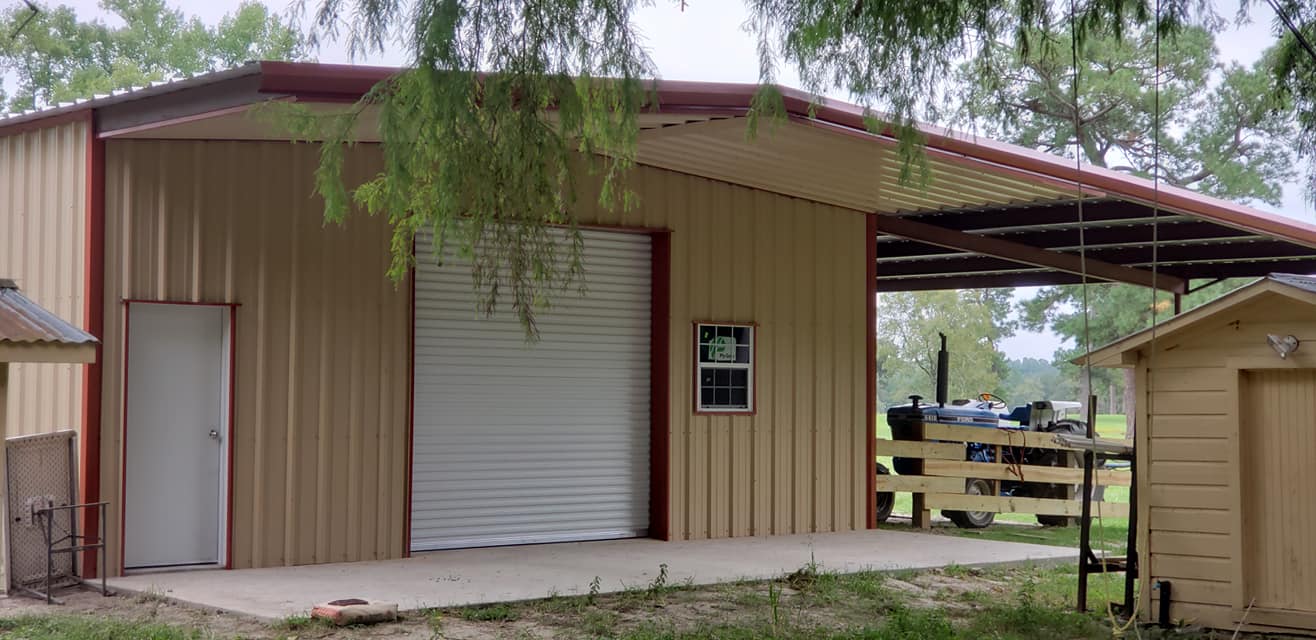
Understanding the Latest Trends in Sustainable Construction Aug 17, 2025
Sustainable construction is not just about using green materials; it is about adopting practices that reduce the environmental impact of construction activities. One of the most significant trends is the increased use of eco-friendly materials. These materials often include recycled metals, reclaimed wood, and sustainable concrete. By utilizing such resources, the construction process becomes less detrimental to the environment. Moreover, these materials often provide long-term durability, which reduces the need for repairs or replacements.
Another popular trend is the integration of energy-efficient systems. Gone are the days when high energy consumption was an acceptable cost of construction. Today, incorporating solar panels, energy-efficient HVAC systems, and LED lighting can significantly reduce a building's carbon footprint. These systems not only enhance energy efficiency but also lead to considerable cost savings over time, providing immediate and tangible benefits to homeowners.
The concept of green roofs is also gaining traction in sustainable construction. A green roof consists of a layer of vegetation planted over a waterproofing system. It provides natural insulation, reducing the need for air conditioning in warmer months and heating in the cooler season. Furthermore, green roofs help to manage rainwater, improve air quality, and create habitats for biodiversity in urban settings.
Moreover, smart home technology is experiencing a boom in sustainable construction. This trend involves integrating state-of-the-art technology that allows homeowners to control lighting, security, and climate remotely via smartphones or smart devices. These systems are often programmable to maximize energy usage efficiency, further driving down utility costs and increasing convenience for homeowners.
Sustainable construction is also greatly influenced by the practice of modular construction. Modular construction involves prefabricating all building sections off-site, then transporting them to the construction site for assembly. This method reduces waste, ensures quality control, and can significantly cut building time. It is an ideal approach for projects aiming to minimize environmental impact while ensuring efficiency.
Water conservation is another vital aspect of sustainable construction. Techniques such as the installation of low-flow plumbing fixtures and rainwater harvesting systems are gaining momentum. These features can lead to water savings that are both environmentally and economically beneficial.
For J. McMillan Enterprises, staying ahead in the field of sustainable construction requires continuous learning and adaptation. Clients are more informed and keen on reducing their environmental impact, which requires the company to offer knowledgeable recommendations and solutions that align with the latest trends. Clients looking to partake in the sustainable revolution need to know how beneficial these practices are, not only for the environment but also for enhancing property value and ensuring a healthier lifestyle.
In conclusion, the trends in sustainable construction reflect a growing commitment to efficiency and environmental responsibility. By embracing these practices, clients of J. McMillan Enterprises can enjoy the benefits of reduced energy costs, enhanced property values, improved environmental health, and a stronger alignment with global sustainability goals. As this field evolves, J. McMillan Enterprises stands ready to guide clients through this promising frontier in construction and remodeling.
/filters:no_upscale()/media/89944d60-0511-452a-bc5c-f506e2d3b01c.jpg)
/filters:no_upscale()/filters:format(webp)/media/47bd1647-ef98-4b7c-a005-fccde76f9fa8.jpeg)